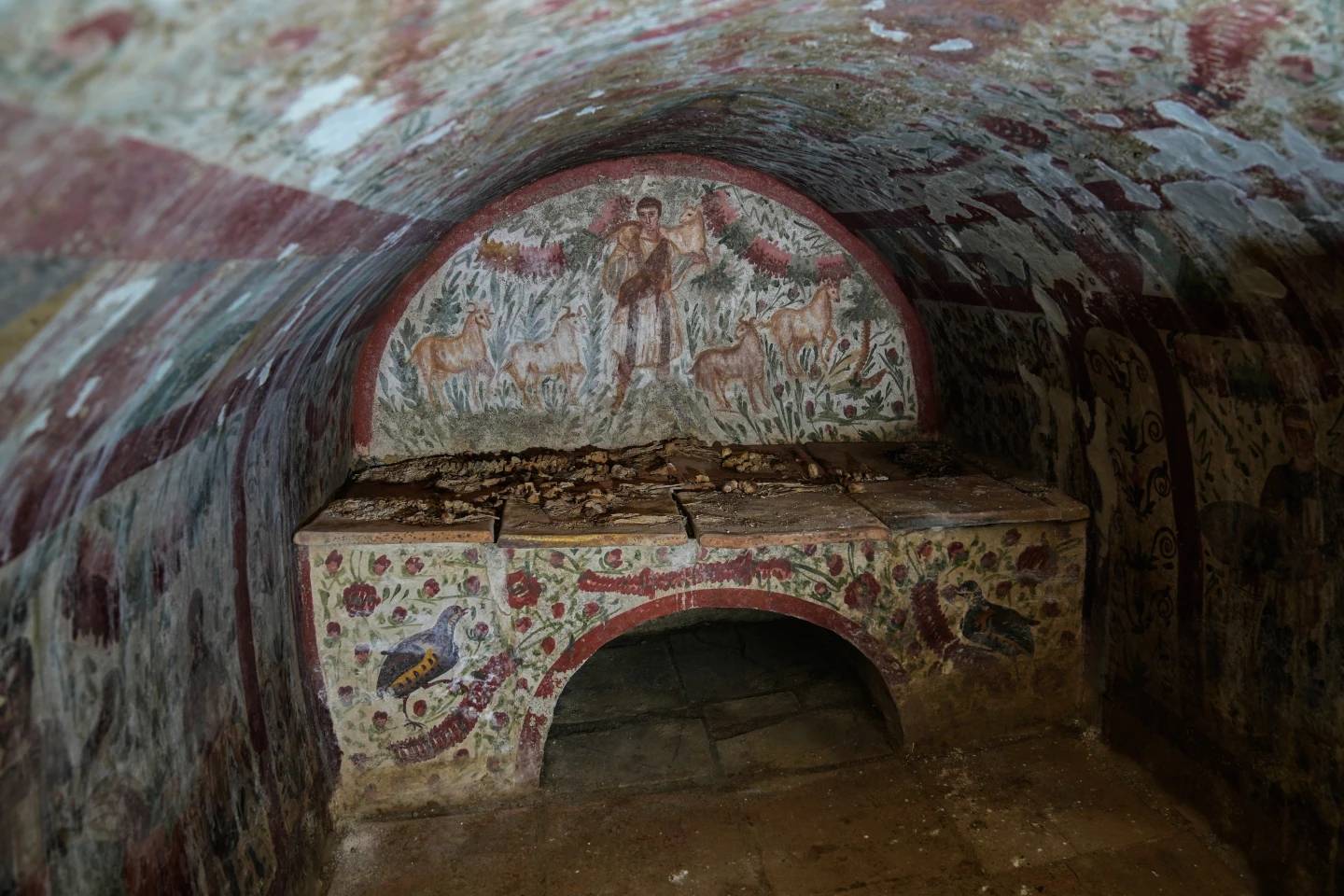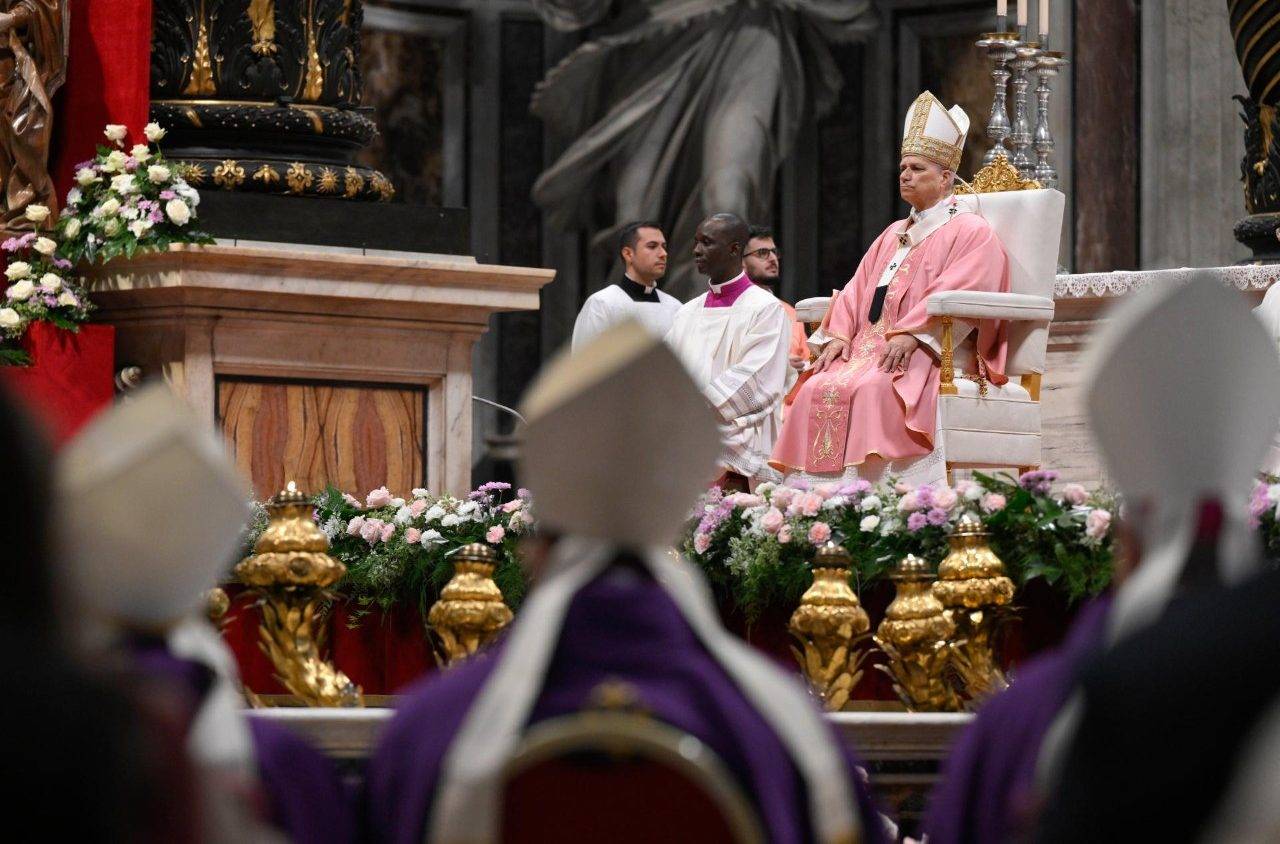Prayer is a difficult path to follow in a fallen world and in the midst of a secular society. The odds are always against prayer. It requires a desirous heart to begin to pray, and a firm, well-formed heart to persevere in the life of prayer.
As a help to this challenge, the Church gives us her teachings, guidance, and encouragement. While these are expressed in numerous ways, they are particularly contained within the Catechism of the Catholic Church.
The Catechism gives us the Church’s universal teachings on prayer and manifests her encouraging accompaniment through the spiritual life. The Catechism has four major sections, with the fourth part being on prayer.
The Catechism divides its fourth part on prayer into two sections. The first section has three chapters, with each chapter having three articles.
In the first article of chapter one, the Catechism gives a review of the major developments and leaders of prayer in the Old Testament. It addresses the figures of Abraham, King David, the prophets, and the psalms, among others.
After the first article, the Catechism moves to article two of chapter one, which is entitled, “In the Fullness of Time.”
The second article focuses on the movement and leaders of prayer in the New Testament. It rightly highlights the prayer life of the Lord Jesus as the supreme witness to the power and significance of prayer. As the Catechism tells us: “The drama of prayer is fully revealed to us in the Word who became flesh and dwells among us.”
It is a comfort to see how the Catechism explains prayer as a “drama.” Such a designation should not be confused with cheap theatrics. The drama of prayer is the drama of the human heart that wants to seek and find God. There are good days and bad days, highs and lows. The life of prayer is an adventure and it can only be fully revealed in Jesus Christ. We can only truly begin to understand the depths of prayer by entering into the Lord’s own revelation of prayer to us.
The eternal Word – the fullness of all that God wishes to reveal to us – can become one of us. He had pitched his tent among us. He desires to accompany us and nourish us by his grace. Such a grace-filled accompaniment includes his witness to prayer. The Catechism explains: “To seek to understand [Jesus’] prayer through what his witnesses proclaim to us in the Gospel is to approach the holy Lord Jesus as Moses approached the burning bush:
In this action-packed summary given to us by the Catechism, we are told that we can approach the prayer of the Lord Jesus through his witness – his actual, fully-lived life of prayer – which is contained in the Gospel account.
And so, we see the sequence: the life of prayer, its witness to us, and this witness given to us through the Gospel.
As we desire to understand the prayer of the Lord Jesus through this movement of prayer, witness, and gospel, the Catechism provocatively tells us that when we approach the prayer of the Lord, we should “approach the holy Lord Jesus as Moses approached the burning bush.”
Moses approached the burning bush with an initial curiosity and then an astonishment and shock at the presence of God, followed by a profound awareness of his own unworthiness before the all-holiness of God, matched by a deeply felt sense of reverence and awe at God’s majesty and splendor, which then brought forth a transparent conversation and an intense closeness with God.
The Catechism admonishes us to approach the Lord Jesus in exactly the same way and through the same process as Moses before God’s presence in the burning bush. Each of the different aspects is necessary if we are to truly understand the life of prayer that was actively lived by the Lord Jesus.
We cannot assume that we already understand. We cannot take his closeness for granted. We cannot be dismissive or attempt to domesticate the holiness of God. We must allow ourselves to feel and experience the beauty and splendor of the all-holiness, life-changing presence of the all-mighty and ever-living God in our midst. Only then can we begin to take the initial steps to understand the prayer of the Lord Jesus.
The Catechism provides us with help. It describes these initial steps for us: “First to contemplate him in prayer, then to hear how he teaches us to pray, in order to know how he hears our prayer.”
First and foremost, we see the Lord Jesus in prayer and labor to understand the mystery as best we can. We then open our hearts as the Lord seeks to guide and instruct us on how to pray. And this interaction helps us to see and realize how the Lord listens to our own prayer and why he desires fellowship with us.
Join Father Kirby every morning for free spiritual encouragement on Morning Offering with Father Kirby.

















